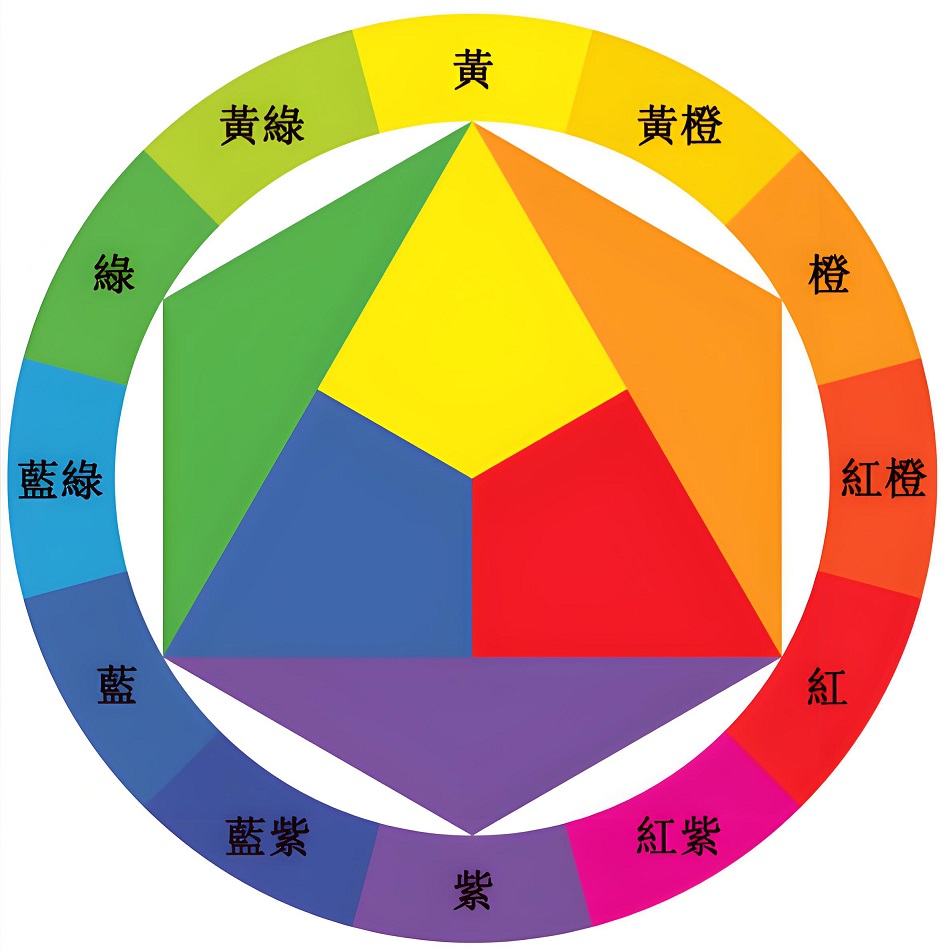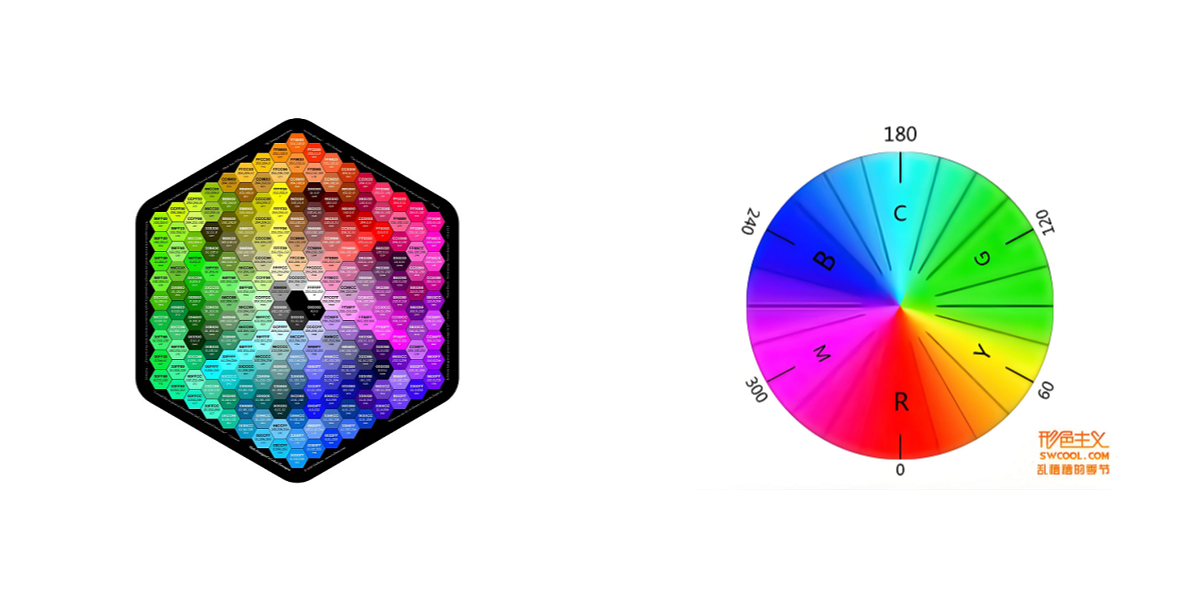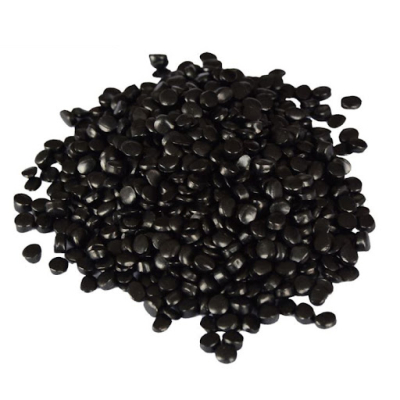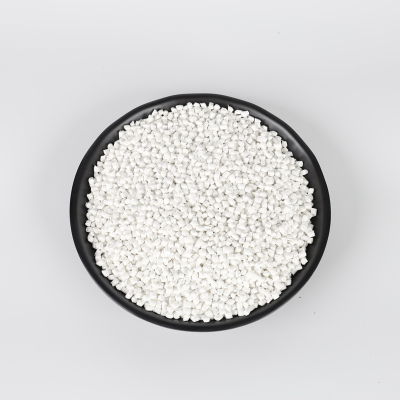Coloring Process of Color Masterbatch
The coloring process of color masterbatch is a systematic procedure that combines color theory, materials science, and practical production techniques. Below are the key steps and technical points in the color matching process for masterbatches:
1. Fundamental Principles
The coloring of masterbatches is based on the subtractive color mixing principle (CMY/K model), achieved by combining different ratios of pigments or dyes. Key considerations include:
● Pigment properties: Hue, tinting strength, heat resistance, dispersibility, etc.
● Base resin compatibility: Affinity with pigments, processing temperature, etc.
● End-use requirements: Weather resistance, migration resistance, food contact safety, etc.
2. Color Matching Process Flow
(1)Color Standard Definition
● Obtain customer requirements (Pantone codes, physical samples, etc.)
● Measure standard samples using a spectrophotometer (L*a*b* values)
● Clarify application conditions (indoor/outdoor, food contact, etc.)
(2)Formulation Design
● Pigment selection:
ºOrganic pigments (high chroma, lower weather resistance)
ºInorganic pigments (good weather resistance, lower saturation)
ºSpecial effect pigments (pearlescent, metallic, etc.)
● Carrier resin matching:
ºMust match the base polymer (PP, PE, ABS, etc.)
●Additives:
ºDispersants (improve pigment dispersion)
ºStabilizers (prevent degradation during processing)
(3) Lab-Scale Testing
● Prepare small batches using a twin-screw extruder or internal mixer
● Color evaluation:
ºVisual comparison (under standard light sources)
ºInstrumental measurement (ΔE < 1 is acceptable)
● Performance testing:
ºMelt flow index (MFI)
ºMigration resistance
(4) Production Scale-Up
● Process parameter control:
ºTemperature (typically 180–250°C)
ºScrew speed (200–400 rpm)
ºFeeding ratio (masterbatch usually contains 15–40% pigment)
● Key control points:
ºPre-dispersion of pigments
ºMelt filtration (typically 80–120 mesh)
3. Key Technical Points
(1) Color Matching Technology
● Computer color matching (CCM) systems:
ºAutomatically calculate approximate formulations from databases
ºCan reduce trial-and-error attempts by over 30%
● Metamerism control:
ºEnsures color consistency under different light sources
(2) Dispersion Technology
● Three-roll milling: For high-viscosity systems
● High-speed mixing: Typically 2000–3000 rpm
● Surface treatment: Silane/titanate coupling agents
(3) Batch-to-Batch Consistency Control
● Raw material inspection (control pigment particle size D50)
● Tight processing window control (±5°C)
● Retain samples from each batch for comparison
4. Common Issues & Solutions
Problem | Possible Cause | Solution |
Color deviation | Pigment batch variation | Establish strict raw material standards |
Streaking | Poor dispersion | Increase dispersant dosage |
Migration | Low pigment molecular weight | Switch to higher-MW pigments |
Poor heat stability | Low pigment thermal resistance | Use heat-stable pigments |
5. Latest Industry Trends
● AI-assisted color matching: Optimizing formulations with machine learning
● Eco-friendly pigments: Heavy-metal-free, PAHs-free alternatives
● Multifunctional masterbatches: Combined color + flame retardant/antistatic properties






